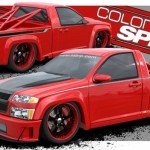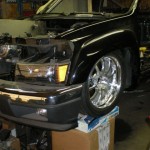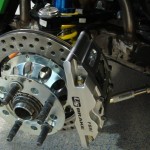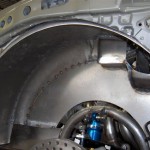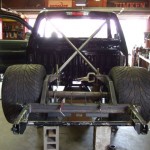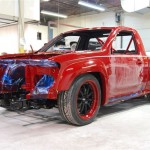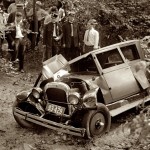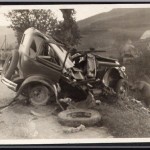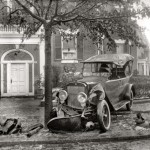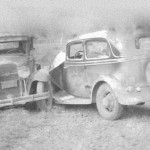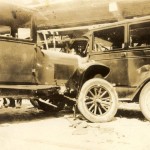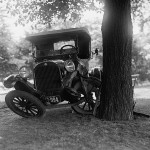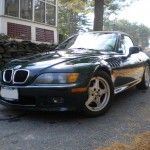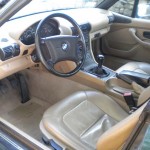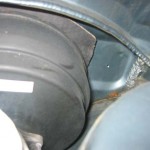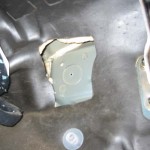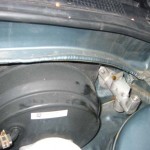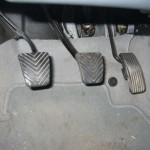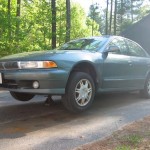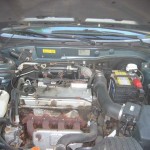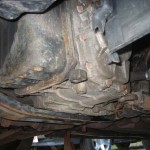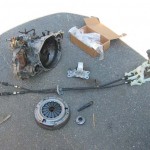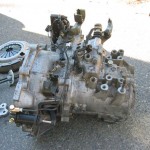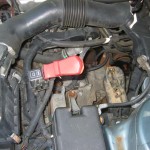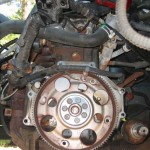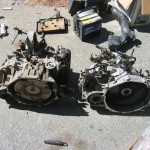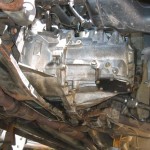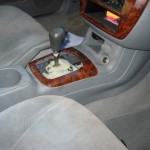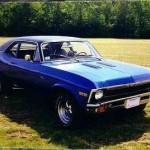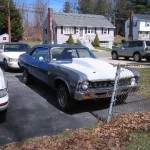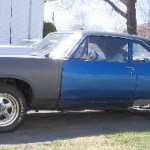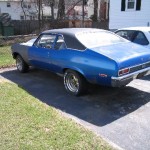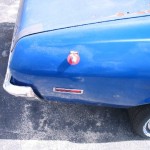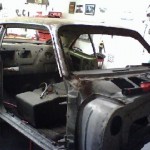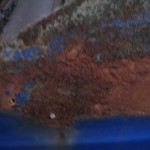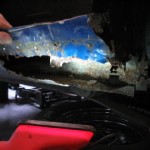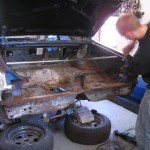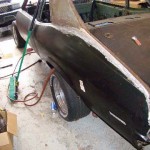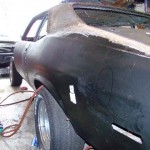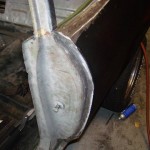You probably won’t believe this, but car companies aren’t throwing keys at me and begging for me to review their latest creations. Shocking right? So I’m doing things a bit differently than most. I will be begging for, borrowing and buying cars, driving them for a while in the real world, and then letting everybody know what I thought. The huge benefit to this is that I will be driving real cars, not Pagani Zonda’s. By all means, if a fresh Pagani lands in my driveway, I am willing to take it for a jaunt around the block, but my celebrity status isn’t at that level just yet. So until then, with your help, I will be tackling the slower and carbon fiberless real world vehicles.
First up: My very own 1998 BMW Z3.
Let me start off by stating that all of my life I have hated BMW’s. Granted, I had also never driven a new one, so my opinion was completely biased. Each one that I had the “pleasure” of driving felt like a 7000 lb gutless turd that was filled with cracked leather and broken electronics. While not nearly as bad as the Saab’s, Buick Reatta’s, or Cadillac Allante’s, it always seemed like I needed to know a secret slap-the-dash move to make stuff work.
Fast forward to last summer. My friend’s neighbor said “Hey Jeremy, I have a BMW Z3 that I don’t want, it’s got some issues (no surprise), you wanna buy it?” I checked it out and decided that BMW’s couldn’t be all that bad. Maybe I did need a little bit of the ultimate driving machine in my life. The price was very right, and with the top down, summer sun was going to be better than ever.
Drivetrain:
The Z3 is a 1.9L with a 5 speed manual and 90K miles. It is not the slowest thing that I have ever driven, but it feels like a typical 4 cylinder as far as power goes. The truth is that the engine feels rock solid, way more so than any of my other vehicles. I could probably rip 3 spark plugs out and the little devil 1.9L may not even notice, it feels like a tank. The 5 speed transmission is a different story. Mine was completely replaced at 60K by a BMW dealer, which means it only has 30K on it. Instead of feeling like a new transmission, it feels sloppy. I’m not sure if all BMW manual transmissions feel like this, but it is just not sporty feeling like I expect to find in a 2 seater sports car.
Steering and Suspension:
It’s small, and light so the steering feels tight & fast, especially with the relatively wide tires. The suspension on the other hand feels like it has 90K miles. It lacks heavily as far as sportiness goes, leaning too much, and being more bouncy than firm. If you buy one with 1998 suspension still attached, new shocks and struts should be the first priority on the list of parts to buy. If the suspension parts were new, I bet it would handle & drive 100X better than it does currently.
Interior Pros:
– Heated seats are toasty hot.
– The stereo sounds decent for an OE 1998 system.
Interior Cons:
– Incredibly awful. I hate nearly everything about the interior.
– The steering column doesn’t adjust down. Seriously BMW? Really? My knuckles are against the windshield!
– The seats and door panel belong in a 1985 Celica. They could not be more sleep inducing.
– The cup holders are right where your elbow is and they are too small for a medium ice coffee. Buy a coffee and it’s “Cya Armrest!”
– The power windows move in slow motion. I have honestly never seen a vehicle with slower moving windows. The time it takes to roll the windows up or down is measured in hours.
– The dashboard styling is really dated. It’s like they designed a crazy round unique shaped body, and then said “we have no time left to design a dashboard, here is one from a 1983 Mercury Capri, customers will never know.”
– The heat and A/C blowing ability is offensive. Then again, why am I driving a convertible with the heat or A/C on?
Exterior:
The looks of the car are pretty good overall, it’s really a matter of taste though. The fit and finish is all original and it really is high quality. The paint still looks fresh, and everything opens and closes properly. My only gripe is the headlights that are yellowed. Unfortunately all plastic headlights eventually look like that. I need to spend some time polishing them to make them pretty again.
Overall:
Overall, I am glad I bought the car. It is a lot of fun on warm days, and with a little maintenance it could be a really fun car on windy roads or an auto x track. My biggest gripe is that I feel like people are calling me names and giving me dirty looks. I may need to paint it flat black and add some numbers to the side so that people don’t assume I’m a rich snob.

